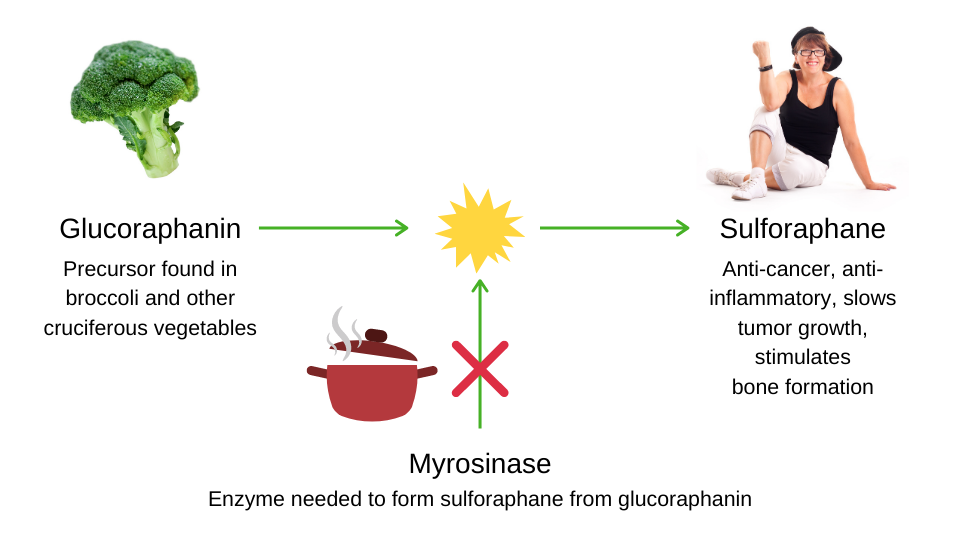
Healthy Digestion = Happy Holidays
I hope you had a wonderful Thanksgiving Holiday. Like many of you, I couldn’t resist the abundance of delicious food placed before me! A few years back, I would have walked away from a large holiday meal feeling overly stuffed and bloated, followed by indigestion 2 hours later.
Fortunately, over the last few years, I have worked hard on optimizing my digestion to avoid feeling this way after meals. However, is not just about feeling better after you eat, but digesting better. Good digestion is the foundation of good health. We can’t extract the nutrients needed to successfully run our bodies if we can’t fully digest, absorb, and assimilate them from the food we eat.
Bloating and indigestion are certainly two signs that you are not adequately digesting your food, but other symptoms of poor digestion can include excessive gas and burping, abdominal pain, nausea, constipation, diarrhea, heartburn, and GERD (gastrointestinal reflux). When these symptoms arise, we often reflexively reach for an antacid medication like Tums or Alka-Seltzer to neutralize the acid in the stomach. If these symptoms occur frequently, a doctor might prescribe a proton-pump inhibitor medication such as Prilosec or Prevacid to reduce the amount of acid that your stomach makes. What is interesting is that 9 out of 10 times, these symptoms arise because the stomach isn’t making too much acid, but too little acid instead. Although these medications may provide temporary relief, they can have long term negative consequences on our health.
We need to produce acid in our stomach for several reasons:
- Rev up digestion: Even though the digestive process begins when you put the first forkful into your mouth, the digestive process kicks into gear when your food hits your stomach. The production of hydrochloric acid in the stomach is not only critical for breaking down protein but also for stimulating the secretion of digestive enzymes further down the gastrointestinal tract.
- Ionization of minerals: Stomach acid is needed to reduce minerals, such as calcium, to an ionized state so they can be absorbed. Without adequate hydrochloric acid, minerals can not be broken down and absorbed. Some studies have indicated that suppressing acid production in the stomach may reduce calcium absorption and thereby increase the risk of fracture. However, the results of these studies remain controversial.
- Intrinsic factor: Hydrochloric acid is needed to activate gastric intrinsic factor, a glycoprotein that is required to absorb vitamin B12. Vitamin B12 plays an important role in cardiovascular health, DNA production, brain, and nervous system health, energy metabolism, and bone health.
- First-line of defense: The acid in your stomach provides the first line of defense against bacteria and viruses we ingest with our food. This can increase the risk of food poisoning but also disrupt the delicate balance of bacteria in our gut microbiome.
Reasons behind low acid production in the stomach:
- Age – as we age we don’t make as much acid in our stomach as we did when we were younger
- Stress – when we are under stress we go into fight or flight mode and the body turns its attention to fueling our muscles and stimulating the cardiovascular system. At the same time, it shunts blood flow away from the digestive tract which suppresses the secretions of enzymes. So if you are eating under stressful conditions, you decrease the ability of the stomach to produce the gastric secretions needed for optimal digestion.
- Autoimmune conditions – people with autoimmune conditions like Rheumatoid Arthritis, Type 1 Diabetes, or Thyroid disease can also be at risk for having autoimmunity against their own stomach cells. Over time, this can impact your stomach’s ability to release digestive enzymes necessary for digestion.
Tips for improving digestion:
- Eat in a relaxed environment so your body can direct all of its resources to digest and absorb your nutrients.
- Eat slowly and chew thoroughly. Give your body a chance to digest the food coming down the pipe. Chewing also helps to promote relaxation and prepares the stomach to receive food.
- Limit your beverages when you are eating. Too much water or other fluids can dilute the enzymes in your stomach making them less effective.
- If you are going to sip on a beverage during a meal, opt for something that is room temperature. According to the Indian traditions of Ayurvedic medicine, cold water can cause an imbalance in the body and slow down the digestive process.
- Stimulate digestion through the use of natural products
- Some people find taking 1-2 tsp of apple cider vinegar mixed in 1 ounce of warm water prior to a large meal can be helpful with digestion. Although there’s not yet any scientific evidence to support its use, anecdotal reports suggest that ACV may be an effective natural treatment option.
- Try taking some bitters. Bitters are made from bitter herbs such as dandelion root, burdock root, gentian, wormwood. Taken prior to eating can stimulate digestive secretions and act as a digestive aid.
- A lot of people also take digestive enzymes to give the digestive system the added enzymes it might need. There are digestive enzyme formulas that have HCL in it as well as other enzymes that can enhance digestion. I would only take digestive enzymes with HCL in them under the supervision of a qualified health care practitioner. Because if you have H. Pylori (the bacteria known to cause ulcers) or a hiatal hernia, it may actually make your indigestion or reflux worse.
Before you embark on taking digestive enzymes, I encourage you to first just try and relax, enjoy your mealtime company, and savor your food.

Susan Brady
is a Physical Therapist,
Nutrition Consultant and
Doctor of Integrative Medicine.
She has been treating women with osteoporosis for over 30 years and is dedicated to helping people achieve
lasting good health and vitality.
Want to learn more about how you can improve your bone health? Contact me for a free 15 minute phone consult to learn more about the BONES Method™ and how it can help you achieve strong, healthy bones for life!









